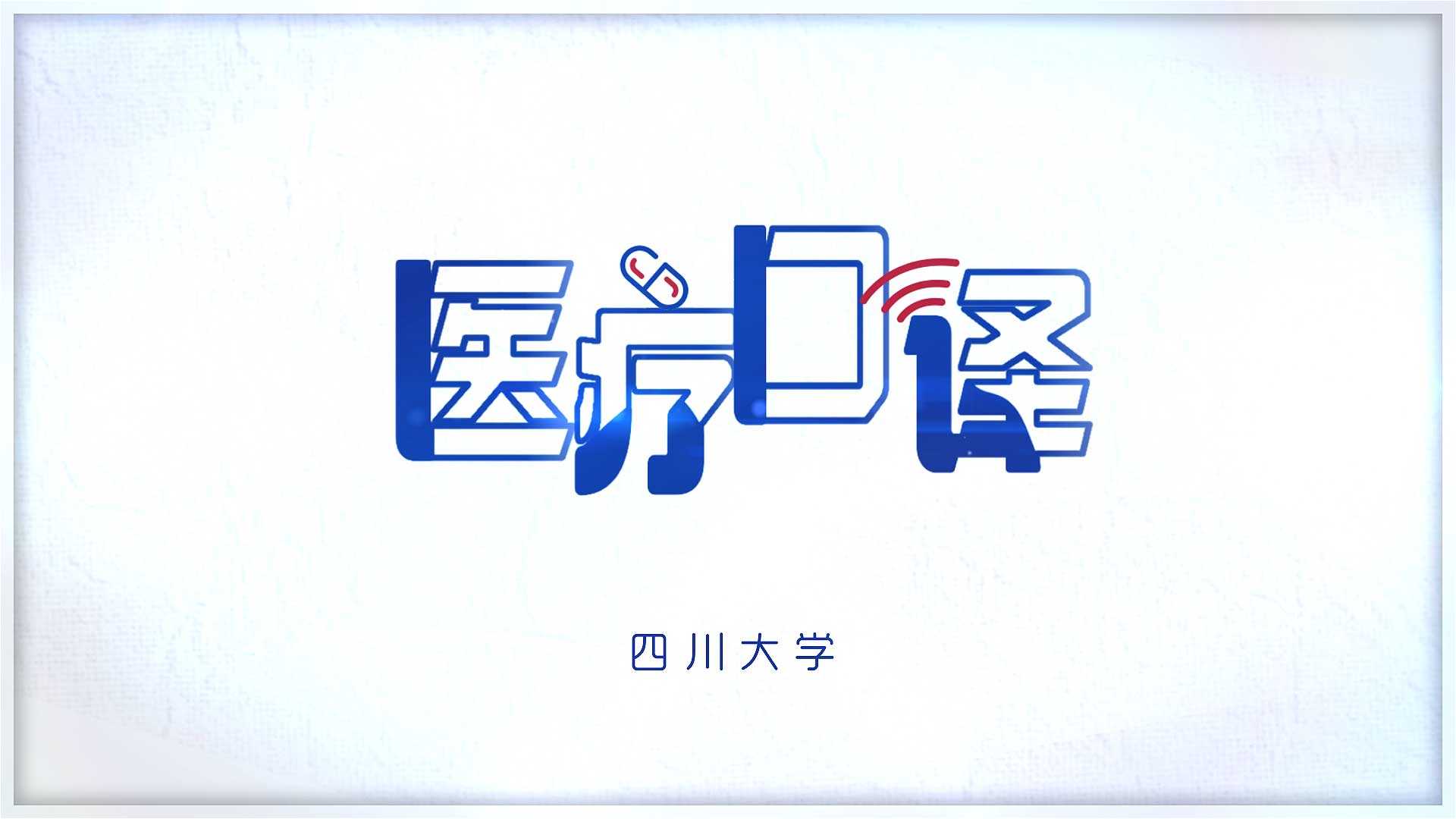四川大学
- Hematologists may specialize further in treating bleeding disorders such as . ( )
- It’s correct to interpret “gastroparesis” as “胃轻瘫”. ( )
- To interpret “I'm Dr. Brian Lacey, a gastroenterologist at the Mayo Clinic.” as “我是妙佑国际医疗的消化科医生布莱恩.莱西” is correct.( )
- It’s correct to interpret “receptor” as “激素”. ( )
- It’s appropriate to interpret “the gut microbiome” as “肠道菌群”.( )
- The acceptable Chinese interpretations of “gastroenterologist” include ( ).
- The acceptable Chinese interpretations of “” include ( )
- The correct English interpretations of “红细胞”include ( ).
- Thyroid disorders include ( ).
- The correct English interpretations of “白细胞”include ( ).
- The correct English interpretations of “淋巴结肿大”” is ( ).
- The acceptable English interpretations of “髓细胞” include ( )
- The correct English interpretations of “”include ( ).
- Interpreters and translators should ( ).
- The correct Chinese interpretation of “residency” in the context of medical education is ( ).
- The ( ) is an 8-inch-long muscular tube connecting the throat (pharynx) with the stomach.
- ( ) means you have a higher than normal blood sugar level. It's not high enough to be considered type 2 diabetes yet, but without lifestyle changes, those with prediabetes are more likely to develop type 2 diabetes.
- The correct Chinese interpretation of “Continuity clinic”is ( ).
- ( )is a rare genetic bleeding disorder in which affected individuals have insufficient levels of a blood protein called factor IX.
- ( )is a hereditary bleeding disorder caused by a lack of blood clotting factor VIII.
- The correct English interpretation of “血清素” is ( ).
- The correct English interpretation of “自稳态” is ( ).
- ( ) are hardened deposits of bile or digestive fluid that can form in your gallbladder.
- The correct Chinese interpretation of “outpatient clinic”is ( ).
- The correct Chinese interpretation of “esophageal manometry” is( ).
- The correct Chinese interpretation of “constipation” is ( ).
- ( ) is the branch of concerned with the study of the cause, prognosis, treatment, and prevention of diseases related to .
- The correct English interpretation of “甲状腺功能减退”is
- ( ) is the branch of medicine that focuses on diseases of the liver as well as related conditions.
- The correct Chinese interpretation of “endoscopy” is ( ).
- An ( ) is a who specializes in treating disorders of the endocrine system, such as , , and many others.
- ( )is a hormone produced in the pancreas, which regulates the amount of glucose in the blood.
- The correct Chinese interpretation of “laparoscopy” is()
- The correct English interpretation of “肾上腺” is ( ).
- The correct Chinese interpretation of “pineal gland” is ( )
- The correct Chinese interpretation of “jaundice”is ( ).
- The correct Chinese interpretation of “change in bowel habits” is ( ).
- The correct Chinese interpretation of “hypothalamus” is ( )
- The correct English interpretation of “脸颊拭子” is ( )
- The correct Chinese interpretation of “thyroid” is ( ).
- ( ) are internists who specialize in diagnosis and treatment of diseases of the digestive organs, including the esophagus, stomach, intestines, pancreas, liver and gallbladder..
- The correct Chinese interpretation of “ mellitus” is ( )
- The correct English interpretation of “胸腺” is ( ).
- The correct Chinese interpretation of “graft-versus-host” is ( ).
- The correct Chinese interpretation of “lymphoma” is ( ).
- ( )is a copious or heavy discharge of blood from the blood vessels.
- ( ) is an analysis of the concentration of red blood cells, white blood cells, and platelets in the blood.
- The correct Chinese interpretation of “graft-versus-tumor” is ( ).
- The correct Chinese interpretation of “enzyme” is ( ).
- If you have diabetes, you'll likely need a ( ) to measure the amount of sugar in your blood.
A:错 B:对
答案:B:对
A:错 B:对
答案:对
A:错 B:对
答案:对
A:错 B:对
答案:错
A:错 B:对
答案:对
A:消化科医生
B:肠胃科医生
C:胃肠科医生
D:胃肠病专家
答案:肠胃科医生###胃肠科医生###胃肠病专家###消化科医生
A:下垂体
B:脑下垂体
C:脑垂体
D:垂体
答案:B:脑下垂体 C:脑垂体 D:垂体
A:erythrocyte
B:leukocyte
C:white blood cell
D:red blood cell
答案:red blood cell###erythrocyte
A:hyperthyroidism
答案:A: hyperthyroidism B: hypothyroidism C: thyroid cancer D: thyroiditis
A:red blood cell
B:white blood cell
C:leukocyte
D:erythrocyte
A:swollen lymph nodes
B:enlargement of lymph nodes
C:enlarged lymph nodes
D:lymphadenectasis
A:myelocyte
B:lymphoid cells
C:myeloid cells
D:lymphocyte
A:hepatomegaly
B:enlarged liver
C:hepatitis
D:splenomegaly
A:ignore the technological advances pertinent to their practice
B:commit themselves to lifelong learning
C:continually upgrade their language and transfer skills and their contextual and cultural understanding
D:continue to develop their professional knowledge and skills
A:医师培训
B:专科培训
C:助学金
D:住院医师培训
A:esophagus
B:colon
C:ileum
D:pancreas
A:Type III diabetes
B:Pre-Type II diabetes
C:Type I diabetes
D:Diabetes
A:内科训练
B:持续门诊训练
C:胃肠动力学训练
D:急诊诊所
A:Hemophilia B
B:Anemia
C:Leukemia
D:Hemophilia A
A:Hemophilia B
B:Hemophilia A
C:Anemia
D:Leukemia
A:adrenaline
B:serotonin
C:neurotransmitter
D:epinephrine
A:auto-balance
B:homeostasis
C:auto-stability
D:self-stability
A:bile duct stones
B:Gallstones
C:biliary stones
D:Gut stones
A:外科
B:住院
C:内科
D:门诊
A:胆道镜
B:食道镜
C:结肠镜
D:食管测压
A:黄疸
B:便秘
C:呕血
D:便血
A:Hepatology
B:Gastroenterology
C:Hematology
D:Endocrinology
A:Hypertension B:Hypothyroidism C:Hypoxia D:Hyperthyroidism
A:Hematology
B:Endocrinology
C:Gastroenterology
D:Hepatology
A:大肠镜
B:内镜
C:小肠镜
D:胃镜
A:hematologist
B:endocrinologist
C:gastroenterologist
D:hepatologist
A:Glycogen
B:Insulin
C:Glucose
D:Heparin
A:腹腔镜
A:adrenal gland
B:islands of the pancreas
C:islets of the pancreas
D:thymus
A:松果体
B:下丘脑
C:下垂体
D:垂体
A:腹泻
B:黄疸病
C:黄疸
D:腹痛
A:腹痛
B:便秘
C:排便习惯改变
D:腹泻
A:下垂体
B:松果体
C:垂体
D:下丘脑
A:oropharyngeal swab
B:cheek swab
C:face swab
D:nose swab
A:甲状腺
B:下垂体
C:垂体
D:下丘脑
A:Hepatologists
B:Hematologists
C:Endocrinologists
D:Gastroenterologists
A:糖尿病
B:甲减
C:甲亢
D:代谢病
A:hypothalamus
B:parathyroid gland
C:thymus
D:thyroid gland
A:移植物抗宿主
B:移植物与肿瘤
C:移植物抗肿瘤
D:移植物抗癌症
A:黑色素瘤
B:脑瘤
C:淋巴瘤
D:骨髓瘤
A:hemophilia
B:Internal bleeding
C:hemorrhage
D:External bleeding
A:Blood smear
B:Blood culture
C:Complete blood count
D:Coombs test
A:移植物抗肿瘤
B:移植物抗宿主
C:移植物与肿瘤
D:移植物抗癌症
A:肽
B:酶
C:氨基酸
D:端粒
A:blood glucose meter
B:thermometer
C:pump
D:scale
温馨提示支付 ¥5.00 元后可查看付费内容,请先翻页预览!
